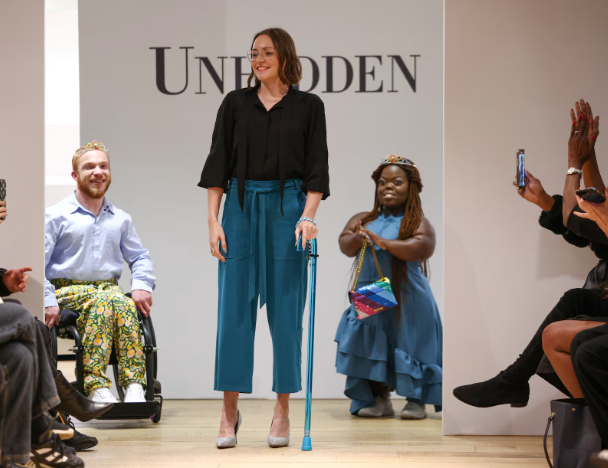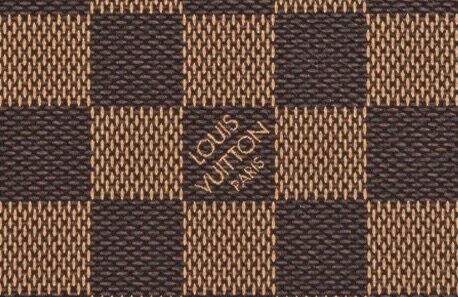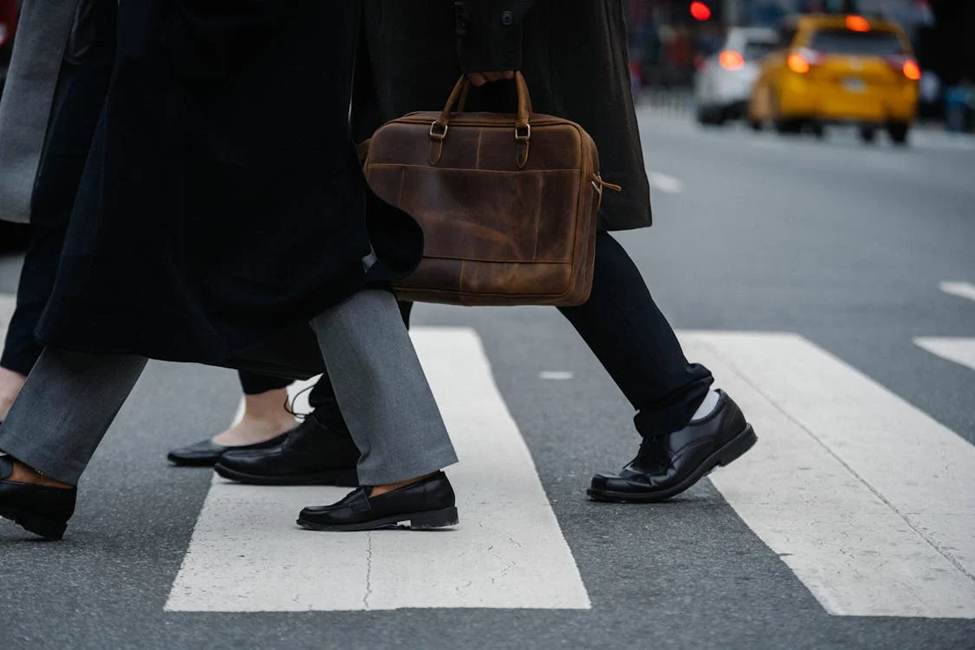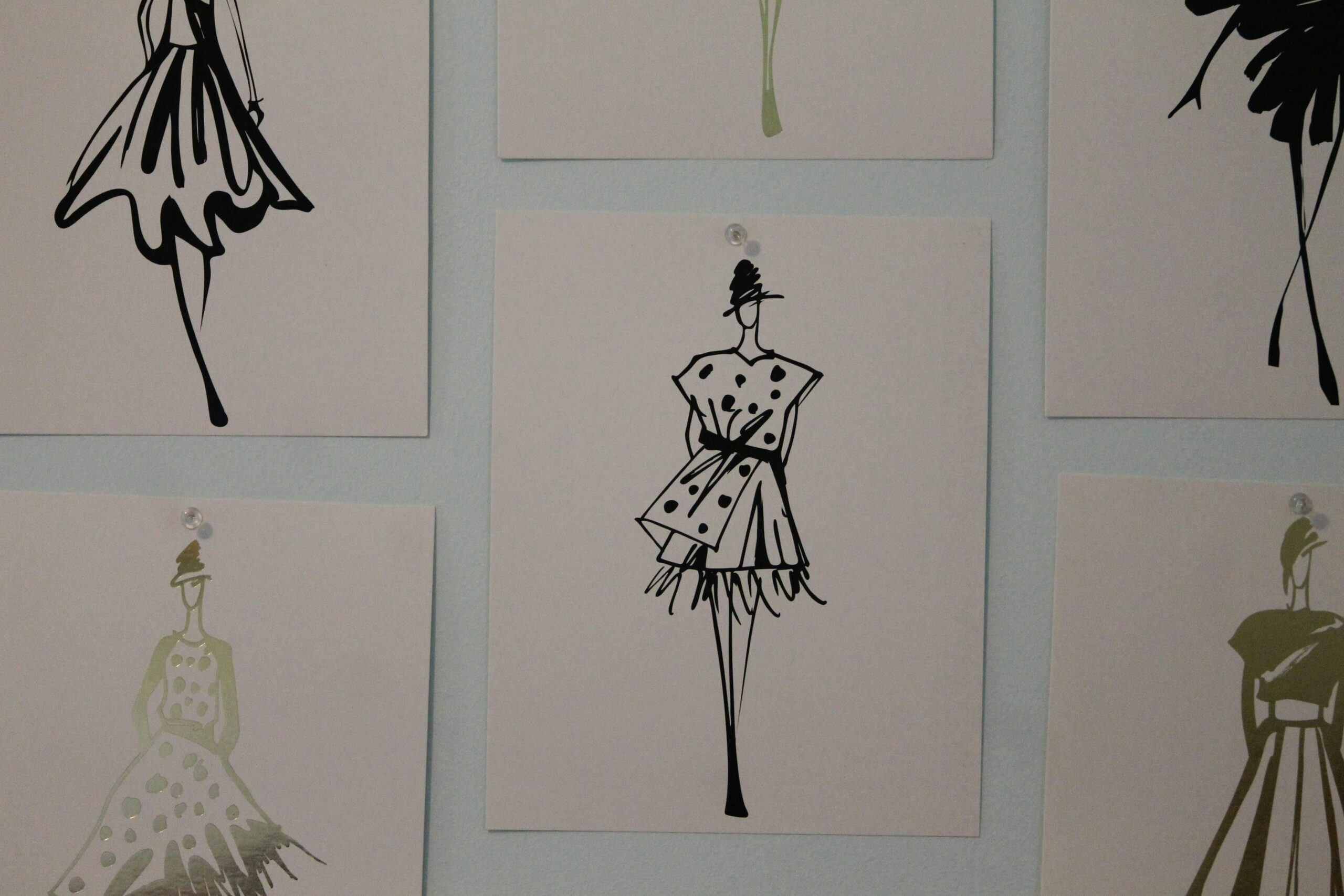Fashion is understood as a form of self-expression and a display of individuality that allows a person to feel comfortable and confident in their skin. However, Mainstream fashion has been relatively slower to cater to the needs of people with disabilities and doesn’t allow them the feel the same way about fashion. Buttons, zippers, and shoelaces have all been proven troublesome for those with poor dexterity, limb differences, and people with braces. For a long time, individuals who experience disabilities and require assistance during dressing have experienced challenges when it comes to accessible clothing, and owing to a lack of focus on such a category of clothing, adaptive clothing lines have experienced the horrors of low-quality fabrics, lack of options, and sophistication in terms of styles and brand options.
Traditional styles in mainstream fashion often lack additional features that ensure that the clothing line is accessible and inclusive for all body types and this is where adaptive fashion comes in. It aims to revolutionize the industry by creating a clothing line that is inclusive and at the same time stylish. Adaptive fashion is not restricted to just functionality but also represents a huge shift in the landscape by prioritizing accessibility and dismantling the barriers that often prevent a section of society from completely participating in the world style.
What is adaptive fashion?
It’s any change intended to make you feel confident, look your best, and get dressed—regardless of your age or physical abilities. Adaptive fashion caters to a diverse range of needs that includes Mobility limitations, dexterity challenges, sensory sensitivities as well as medical device dependency. Such fashion lines aim to challenge the notion of ‘one size fits all’ and aim to accept and embrace diverse bodies and abilities by intertwining function with fashion.
To be inclusive of such needs of people several key design principles are incorporated in such fashion lines. The replacement of fiddly buttons with Velcro, magnets, or even snaps allows people to easily dress or undress independently. Adjustable hems, strategically placed zippers as well as elastic waistbands with wider leg openings ensure a comfortable and customizable fit for various body types. To cater to sensory sensitivities soft and breathable materials with flat seams and adjustable features are incorporated. As well as for those who rely on medical devices like ostomy bags or catheters, hidden zippers or discrete access points can result in easier management without compromising style.
One can say that bringing adaptive fashion to light is changing the narrative of fashion with a purpose that extends far beyond aesthetics. There has been significant growth with major brands like Tommy Hilfiger’s adaptive fashion line in 2016 as well as Nike recognizing the need for fashion that is inclusive and accessible to all.
Tommy Hilfiger took the initiative and deserves recognition for adaptively making early strides back in 2016 they launched their adaptive clothing line for children that demonstrated growing awareness of the need for inclusivity in fashion. Their line included features like magnetic closures adjustable waistbands as well and easy-to-reach pockets incorporated in their classic designs. This groundbreaking initiative empowered children with disabilities by fostering a sense of confidence in them that was lacking in traditional clothing options.
With Tommy Hilfiger having an adaptive clothing range, Nike has also started to take notice of the need for inclusive adaptive fashion. They have incorporated innovative features into their existing designs. To make wearing and taking off shoes easy for individuals with limited mobility. Nike offers ‘Flyease’ sneakers that have a collapsible heel and a wraparound zipper. “As we continue to push the limits of not only making athletes better, we also need to push the limits in terms of allowing all athletes to wear our product.” as expressed by Richard Ramsay, FlyEase innovator this initiative by Nike highlights accessibility as a central consideration in sportswear design.

(Source- Nike webpage )
In an effort to fill a market void, fashion designer Victoria Jenkins also debuted a collection of chic and useful clothing for individuals with impairments on the runway at London Fashion Week in February 2023 marks another huge step towards fashion that is inclusive and accessible.

(Source: Reuters)
The impact of such fashion is larger than just overcoming challenges it extends to the celebration of individuality and breaking down stereotypes. It brings to light that fashion is for everyone regardless of ability. Even though it is gaining attention and experiencing significant growth there is still a long way to go for the recognition of the importance of inclusivity by major brands. So what is the future of adaptive fashion?
Adaptive features should be integrated into mainstream fashion and should become a standard consideration in all clothing lines and not be treated as a separate category. The field can also experience growth via technological advancements in the context of smart fabrics. Greater size inclusivity could result in the focus being extended beyond catering to disability needs and encompassing a wider range of body types. Involvement of people with disabilities in the process of designing would result in addressing specific needs and preferences of the community.
The acceptance of adaptive fashion and its importance is a very powerful movement in the fashion industry toward a more inclusive and equitable industry It’s important from designer and brands to embrace adaptive design principles to celebrate diverse abilities to take a step toward creating a world where fashion empowers everyone to feel confident and stylish in their skin.
Author: Diya Kohli
(O.P. Jindal Global University)

















